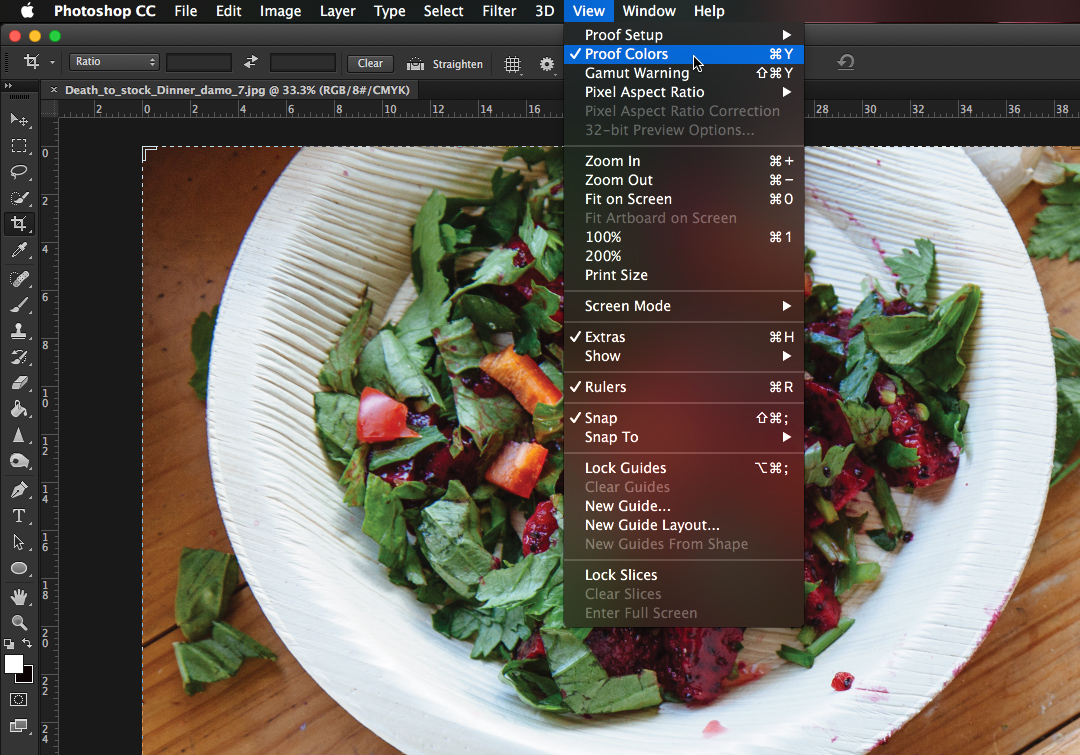
How to switch from a CMYK to RGB workflow
The days of having to convert color images to CMYK are gone, yet most designers still cling to the idea that you MUST convert your images to CMYK to avoid all manner of disaster when printing a project.
The reality is that you really don’t have to deal with the CMYK color space any more, and haven’t for years.
David Blatner has a fantastic RGB Workflow walk-through about the subject over at CreativePro. It covers everything from the initial Photoshop file work, to importing into InDesign for layout, all the way to the end when you export the final PDF to send to the printer.
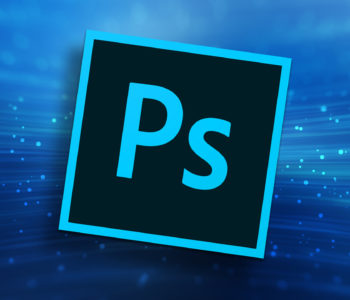
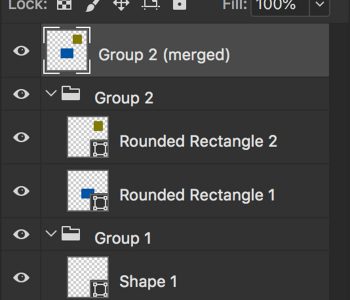
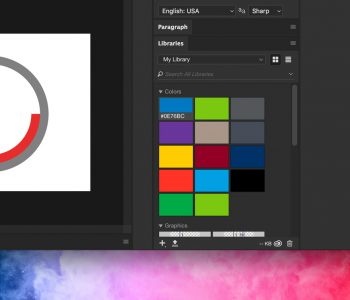

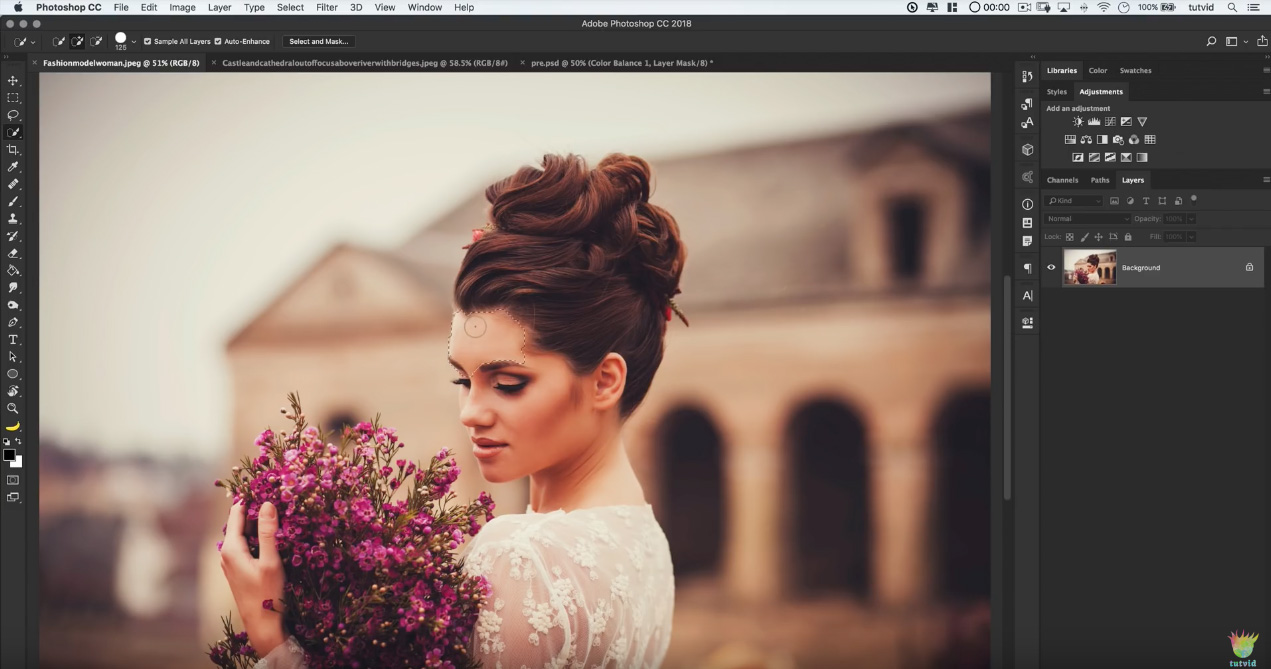
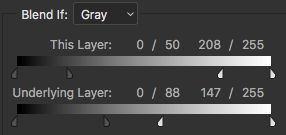
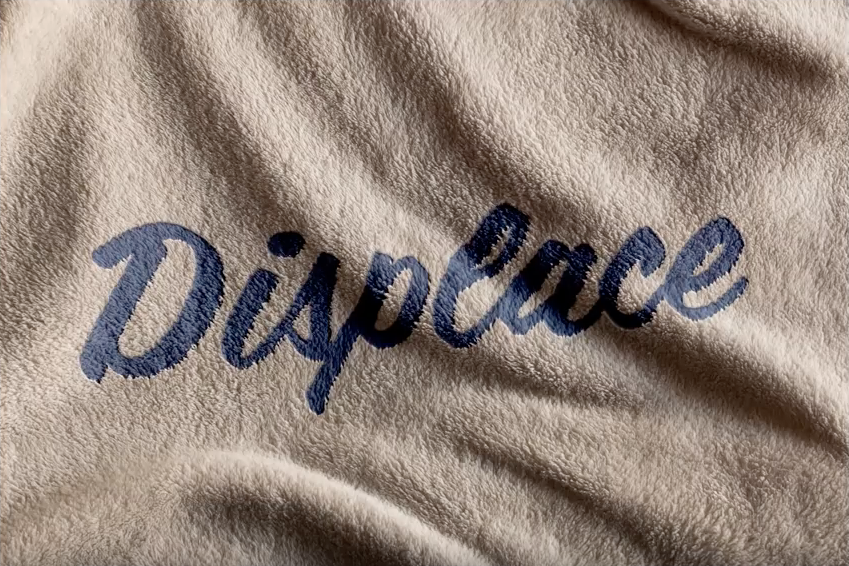
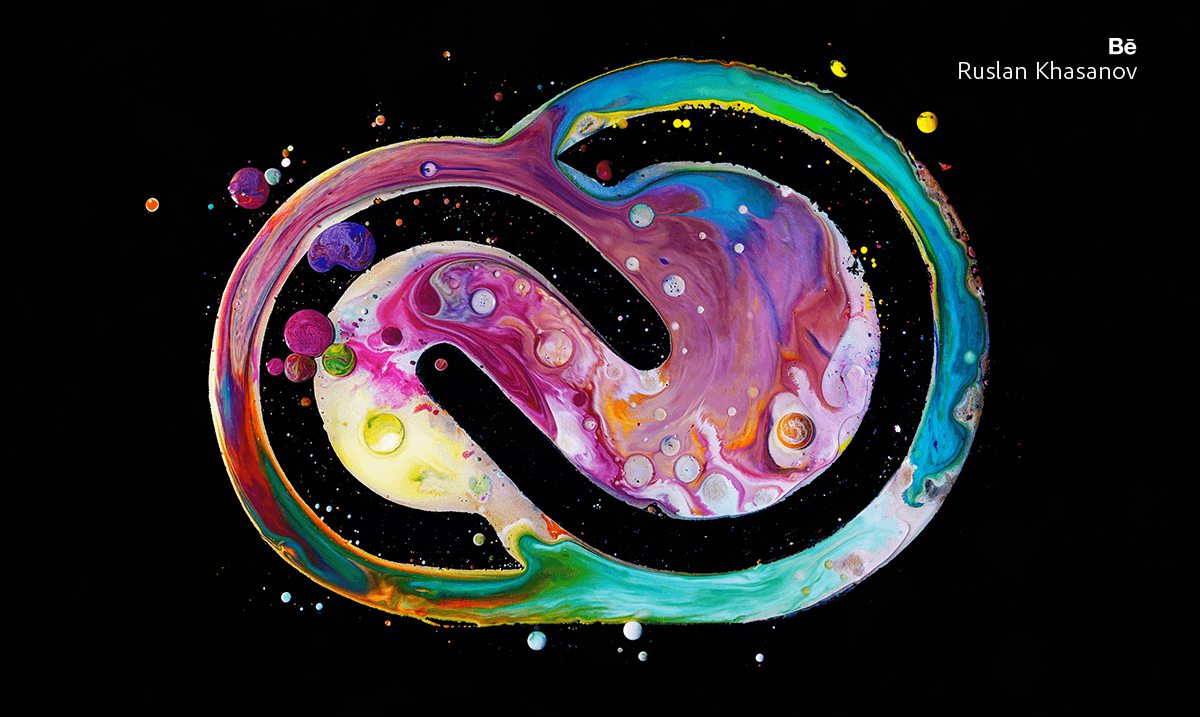
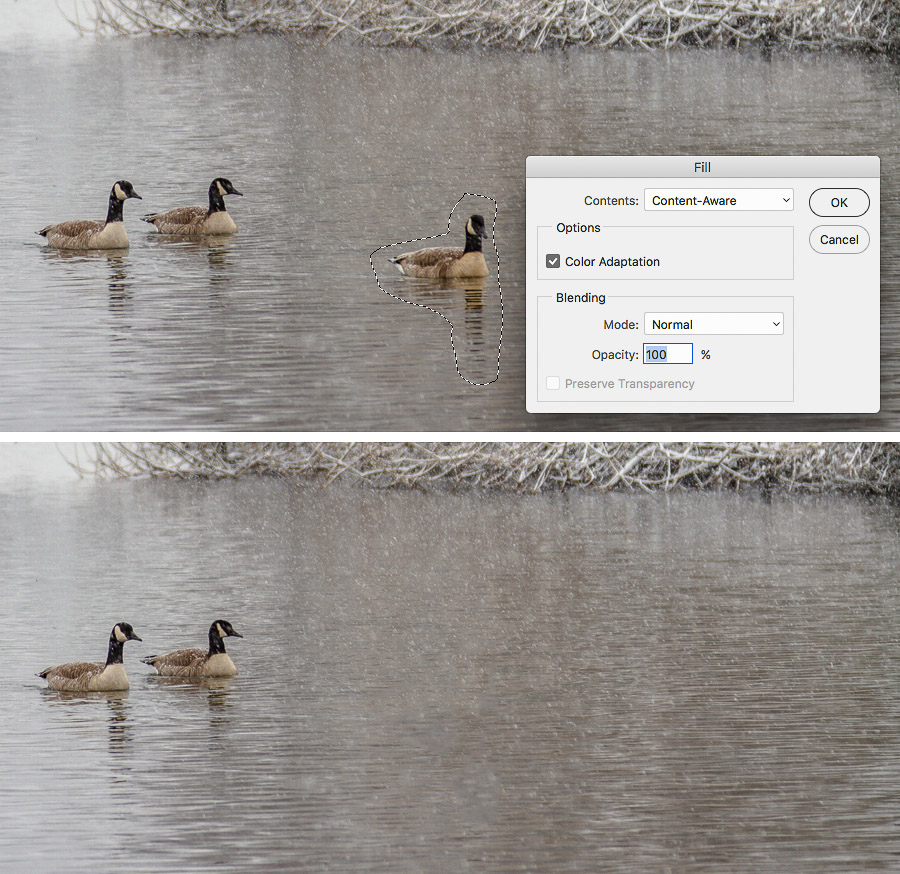
7 COMMENTS
I usually find your website information and useful. This article is rubbish, and any respectable printing company that gets an InDesign document with a bunch of linked assets in the rgb color space would agree. I would know, having had to deal with this in digital prepress and large format printing. CMYK is the “real world” color space for quality offset printing. Even with an all pdf workflow and rip, we still work in cmyk.
Don’t encourage designers to be any lazier than some can be already. As stated above, an rgb black cannot be offset printed reliably as the numbers will never be consistent.
Don’t shoot the messenger… I’m just sharing an article. But in response to your comments, I’ll say this: Most designers don’t (or shouldn’t) send InDesign files and assets to a printer anymore, they send a PDF.
It’s not a question of being lazy, it’s being efficient. By keeping your image file in the RGB color space you can fully edit and color correct it with all the tools Photoshop offers – unlike files in the CMYK color space. Plus you don’t have to keep separate files (RGB file for adjusting, CMYK file for output).
Interesting, since I also work in the commercial offset print world and we *prefer* clients to leave images in an RGB color space. Our RIPs, Proofers, presses are all tightly calibrated & handle the RGB->CMYK conversions to specs WE can control, not some random Preset that a designer has discovered on their own.
Now, could they be taught to do it themselves? Sure, given enough time & hand holding but again – with the proper processes in-house why bother? It’s been that way for at least the last 5-7 years so this isn’t anything new.
How do you create a 100% or 50% black-only plate in an RGB document?
How do you create a specific percentage of rich-black values in RGB for large coverage areas that conform to a printer’s specs?
How do you prevent imported vector objects that overlay an RGB image form having flattening issues when exporting form Indesign?
How do you compensate for gradient stepping or banding when the soft proof looked good on screen but prints like crap?
I could go on and on.
How do you create a 100% or 50% black-only plate in an RGB document?
and
How do you create a specific percentage of rich-black values in RGB for large coverage areas that conform to a printer’s specs?
I don’t create solid color floods in Photoshop. If I wanted a 73% black plate to be the background of a document, I would create that in InDesign using CMYK. I don’t know anyone who would create a giant Photoshop image just to have a color background.
How do you prevent imported vector objects that overlay an RGB image form having flattening issues when exporting form Indesign?
Don’t flatten the PDF file. Saving as a PDF/X1a is fine for those with perfectly constructed files, or those who know the output device is older and can’t handle a modern PDF workflow. I export my PDF files as version 7 or 8, which maintains the layering and transparency—so I never have any issues with flattening.
How do you compensate for gradient stepping or banding when the soft proof looked good on screen but prints like crap?
I don’t have any gradient/banding issues, probably because I save as a modern PDF (as described above).
This again?
While I like the concept and agree it might be okay for workflows that are not “color critical”, especially if one needs to multi-purpose the images, I have to say that this is NOT for everyone.
Soft Proofing CMYK is not reliable and does not tell the whole story.
Take it from a 20+ year veteran designer, colorist, offset prepress operator, large format printer, etc…this can be dangerous!
If you are designing for “print only”, if you are color critical, or if you do extensive color corrections, channel mixing, and use a multitude of adjustment layers and complex masking, DO NOT USE AN ALL RGB WORKFLOW and depend on Indesign converting to CMYK.
Also, don’t write-off vendors who are not willing to participate in this little “experiment”. It’s not about being part of “this century” it’s knowing what works from trial and “very expensive” error.
To tell everyone that RGB is the only way to work is very irresponsible, misleading and short-ighted.
If it works for you GREAT! But it’s not a one size fits all solution, so please don’t insult other professionals who know why it’s not for them.
“I have to say that this is NOT for everyone.”
I agree completely. This workflow is definitely for those who understand how color conversions and workflows work using Adobe’s software. I don’t blame any designer or printer for not wanting to try or use an RGB workflow. But I didn’t, nor did the article, state that RGB is the only way to work. It does work, and it works 100% of the time, IF you know what you’re doing and have the proper color profiles. I don’t think the author of the article means to insult anyone who doesn’t feel it’s a workflow for them, but you also have to not assume that those professionals using the workflow are making it up—because that’s an insult to them.
Comments are closed.